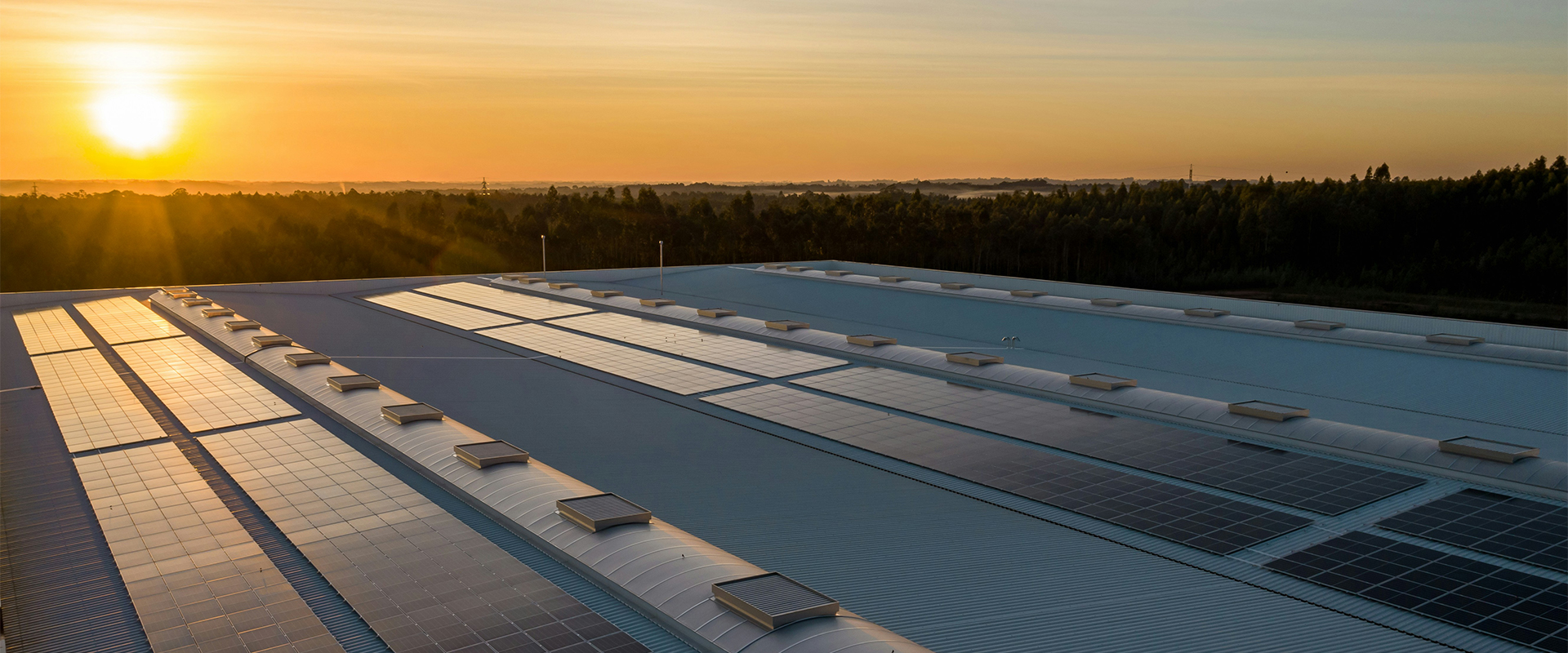With rising energy costs, more and more people are looking for ways to reduce their electricity bills. Energy storage systems have become a popular solution for saving on energy costs by leveraging excess energy and redistributing it when needed. In this article, we’ll explore how energy storage systems work and how they can help reduce your electricity costs.
 How Energy Storage Systems Work
How Energy Storage Systems Work
Energy storage systems are designed to capture excess energy produced by your renewable energy sources, such as solar panels or wind turbines. This energy is stored in batteries for later use. When power generation is low, such as at night or during adverse weather conditions, the energy storage system can deliver the stored electricity to power your devices.
This means you can use the energy you’ve generated when electricity rates are highest, reducing your reliance on the grid and electricity costs. Ultimately, energy storage systems allow you to maximize the use of your renewable energy and reduce energy losses.
Advantages of Energy Storage Systems
The benefits of energy storage systems are numerous and significant for your finances and the environment:
Reduced Electricity Bills
By using stored energy during periods of high pricing, you can significantly reduce your electricity bills. This is especially beneficial in areas where electricity rates vary throughout the day.
Energy Independence
Energy storage systems make you less dependent on the power grid. You can use your own stored energy instead of buying electricity from the supplier, saving you more.
Demand Management
Energy storage systems can help manage electricity demand during peak consumption. They provide additional electricity when needed, helping to reduce pressure on the grid.
Network Stability The stability of an electricity grid is crucial to ensure a continuous supply of electricity to all users. By using energy storage systems, you not only make a major contribution to this stability, but you also provide a backup source of energy when needed. This energy reserve is of paramount importance, especially in areas where electricity demand is unstable, experiencing sudden spikes or dips, depending on the seasons or events.
Energy Storage System Integration Integrating energy storage systems into an existing grid requires careful planning and rigorous implementation to achieve the best results.
- Needs Assessment First and foremost, it is essential to make an accurate assessment of your energy needs. Analyze the times of day when electricity demand is highest and compare it with periods of low consumption. This analysis will allow you to right-size your energy storage system, ensuring that it will meet your needs without costly oversizing.
- Choice of Batteries With the advancement in technology, various types of batteries are available in the market. Among them, lithium-ion batteries stand out thanks to their long lifespan, high storage capacity and efficiency in charge and discharge cycles. It is therefore crucial to choose batteries that match not only your consumption, but also the quality and reliability you are looking for.
- System Configuration Once you’ve decided on the type and size of your system, the next step is setup. It is highly recommended that you hire experts in the field to install and configure your system. Proper installation not only ensures safety but also maximizes the lifespan of your system and its operational efficiency.
- Monitor & Maintain Like any other piece of equipment, energy storage systems require regular monitoring and maintenance. This ensures that the system is operating at its optimal level, identifies potential problems at an early stage, and takes corrective action before they escalate. Regular maintenance increases the longevity of the system and ensures an optimal return on investment.
FAQ’s
How do energy storage systems work?
Energy storage systems capture excess energy produced by renewable energy sources and store it in batteries. This energy can then be used during periods of low production to reduce electricity bills.
What are the benefits of energy storage systems?
Energy storage systems help reduce electricity bills, increase energy independence, manage demand, stabilize the electricity grid, and contribute to the environment by reducing dependence on fossil fuels.
How to choose the size of the energy storage system?
Assess your energy needs and identify when you need extra electricity. This will help you determine the appropriate size of the energy storage system.
What type of batteries are recommended for energy storage systems?
Lithium-ion batteries are commonly used for energy storage systems due to their durability, efficiency, and ability to store a significant amount of energy.
Can I install an energy storage system myself?
It is recommended to have an energy storage system installed by qualified professionals. They will ensure that the system is properly configured and functioning optimally.
Conclusion
Energy storage systems offer an innovative solution to reduce your electricity costs while contributing to a sustainable energy future. By using excess energy and redistributing it at the right time, you can maximize the use of your renewable energy sources and save money in the long run. Before investing in an energy storage system, assess your energy needs and choose quality solutions to achieve the best results.

 How Energy Storage Systems Work
How Energy Storage Systems Work

